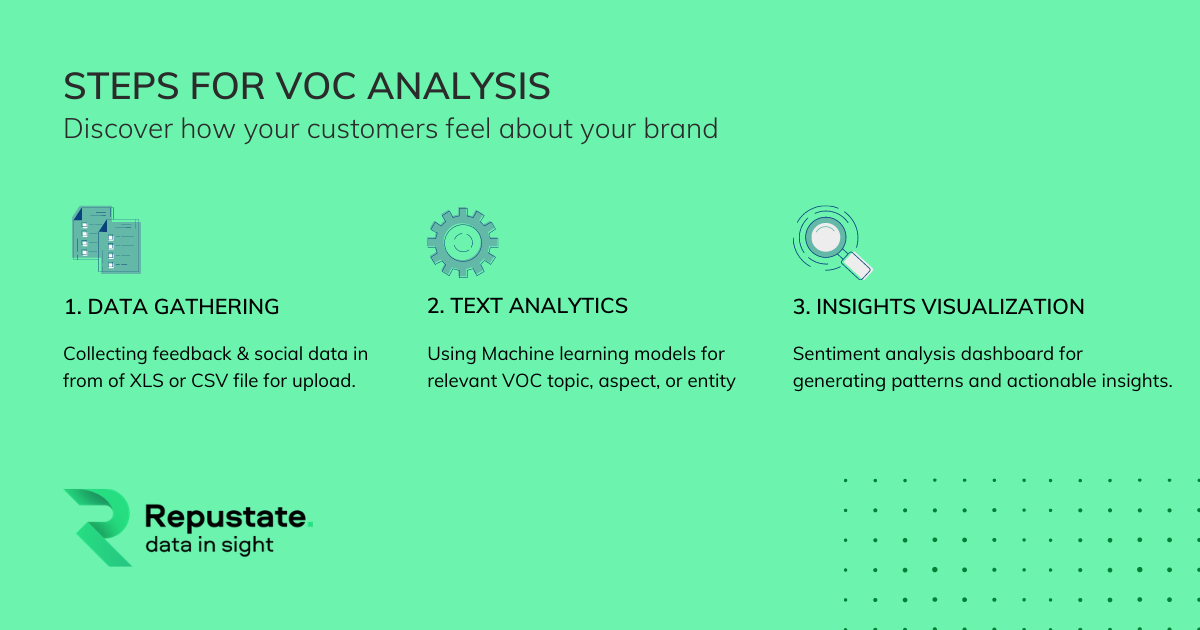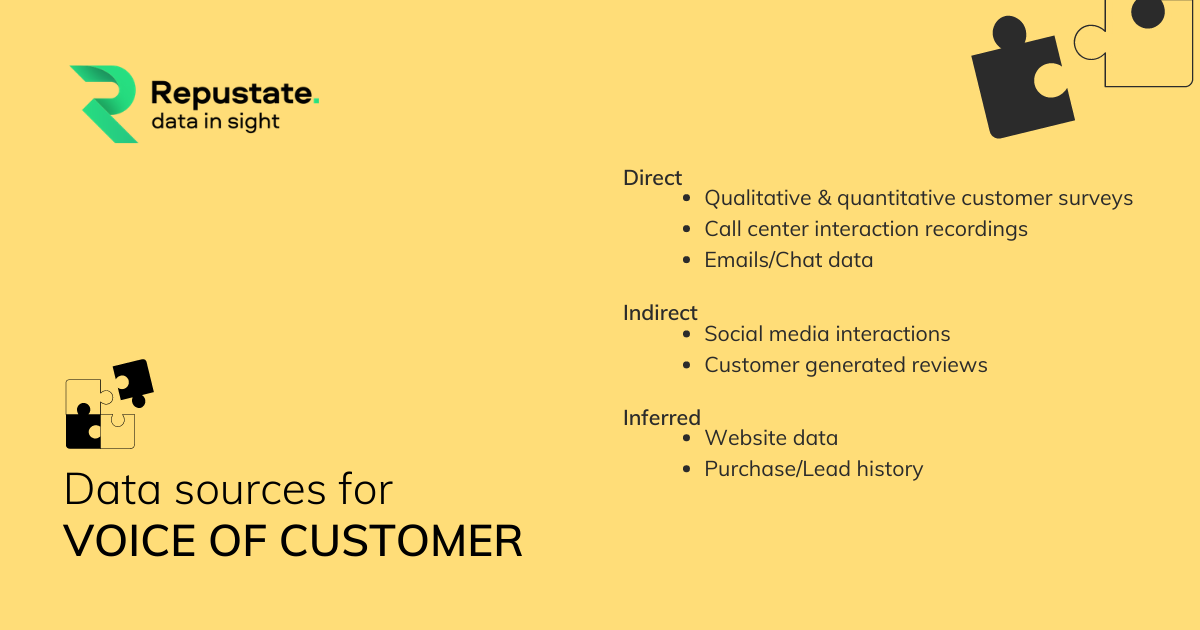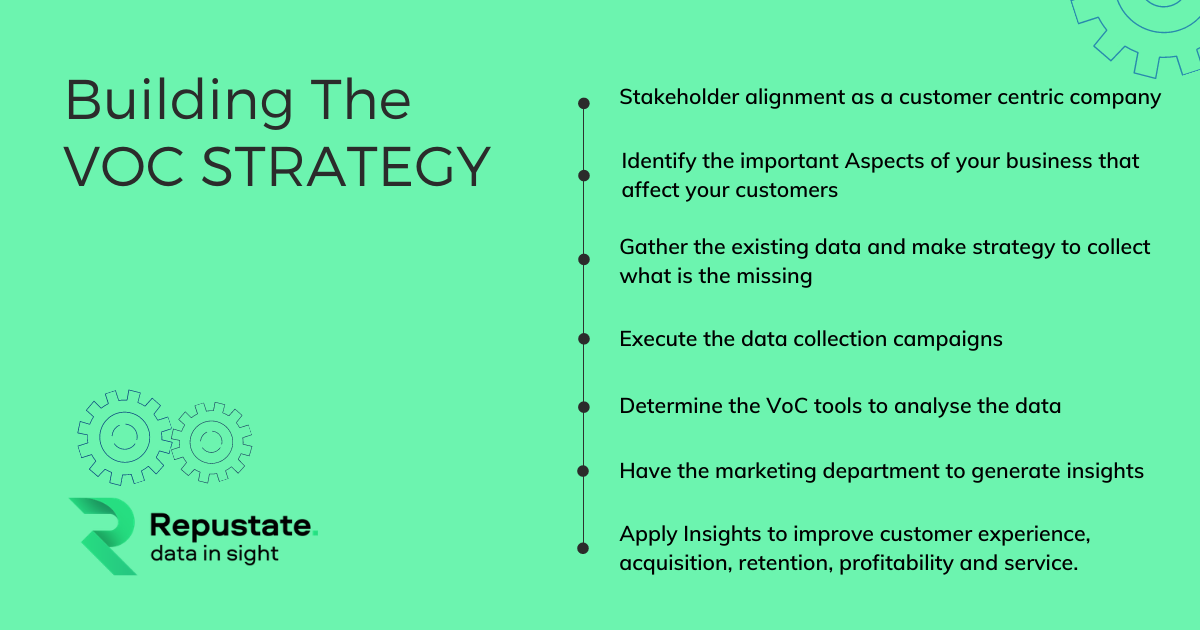The Ultimate Guide to Voice of Customer(VoC)
Business is by definition customer centric. This means that customers are the centre of almost every business. Companies obsess about acquiring new clients, keeping present ones, satisfying them, knowing them, rewarding them, and making them more profitable. The key to attracting and retaining customers is knowing their consumer DNA. A customer DNA exercise involves discovering the expectations, preferences and aversions of people who already engage with your brand across various touchpoints. This is voice of customer (VoC). The customer experience (CX), and the voice of customer that informs it, will continue to be top priorities for businesses in 2021.
Voice of customer is simply defined as listening closely to your customers with the aim of discovering what they like and dislike about your brand, products and service. Customers and the marketplace are always changing, so determining voice-of-customer is a marketing activity that should be always-on. A major part of doing this involves creating or looking for channels where clients express their feedback about your brand, like customer surveys, product reviews or social media posts. These are priceless sources of insights that can help you know your customer, improve your product, reconsider your pricing, or help you guide your marketing strategy. The main challenge of figuring out voice of customer is finding the most insightful information buried in all your different text data.
As a business it can be challenging to truly understand customers due to an overload of information, or too little of it. You might have a variety of social media posts, customer survey responses, customer service tickets, phone transcripts, etc. You know that your voice of customer is buried there somewhere, but getting to highly relevant insights is challenging due to the large number of files, and actual comments. Often this feedback can be unstructured, open-ended or in various languages that contain slang, sarcasm or idioms. These are all major hurdles to accurately identifying, extracting and analyzing important insights in text data. This is where text analytics comes in.
Text Analytics, Sentiment Analysis & Voice of Customers
Text analytics is an automated natural language process used to extract high value insights from unstructured text data such as emails, business documents, social media posts, news articles and survey responses. It helps marketing departments be more confident and data-driven when they are trying to interpret their voice of customer. It allows them to understand consumers at a deeper, more emotional level.
Knowing how your customers feel about your brand requires using sentiment analysis to identify, extract and analyze comments where customers have expressed their opinions about your brand, or those of your competitors. This is often referred to as social media listening. This is a specific application of text analytics that specializes in the analysis of sentiments or emotions found in text data, especially social media posts from Twitter, Facebook and YouTube.
How to Discover Voice of Customer?
How to use a Text Analytics API to discover how your customers feel about your brand?
One of the easiest ways to conduct voice of customer for your own brand is to use a text analytics API. An API allows one piece of software to talk to another. In this case your computer will be asking the API to make sense of the text you send it, and the API will return the correct answers back to you. Repustate offers an API, but there are others on the market you might want to explore as well. Regardless of which text analytics API you choose, conducting sentiment analysis for VoC is an easy 3 step process.

Data Gathering:
Gather and prepare your data that you want to analyze whether it’s internal (survey answers) or external data (social posts). To prepare the data for text analysis, all you need to do is put it into a CSV or XLS document format.
Text Analytics:
Run your input data through your text analytics API. It will quickly return sentiment scores for each relevant VoC topic, aspect, or entity ranging from -1 for negative emotions, 0 for neutral feelings, and 1 for positive sentiment.
Insights Visualization:
Once you receive the sentiment scoring you can use various different data visualization tools like Power BI, Tableau, or Repustate’s Sentiment analysis dashboard to quickly turn your data into visual reports made up of charts, graphs and tables to discover trends, patterns, and actionable insights in your data.
The benefits of using a text analytics API is that you can process a lot of text comments quickly, easily and accurately. Repustate’s API for example can process 1,000 comments per second but speed will vary across various APIs. In addition, some text analytics APIs like Repustate use machine learning to do multilingual sentiment analysis so you can understand your global VoC in languages like Arabic, Chinese, Urdu and German. This multilingual capability empowers companies to create a robust 360 degree view of their customer experience (CX) right across an omnichannel universe. You can understand your customer whether they are in-store, on mobile, or buying something from your online store.
Learn more about Voice of Customer Process.
Data sources for VoC
Voice of customer data can be pulled from a variety of sources that, when combined, can provide a robust overview across various stages of customer experience, and the consumer path to purchase.

Direct Sources
- Qualitative and quantitative voice of customer surveys
- Call center interaction recordings
- Emails/Chat data
Indirect Sources
- Social media interactions
- Customer generated reviews
- News monitoring
Inferred Sources
- Website data
- Purchase/Lead history
Regardless of how much text data you have, or from how many sources, sentiment analysis can turn it from meaningless unstructured data, into quality insights that will help you motivate your customers.
Benefits of Voice of Customer (VoC)
There are many benefits to listening to the voice of your customer but here are 5 that we think are important:
Make your marketing strategy data-driven by knowing which messaging, creative, and promotions are working and which are not.Improve your mobile products UX by knowing which features your customers like and dislike based on their expressed feelings.Measure product/market fit by listening to what your customers have to say during a pilot test before doing a full market rollout.Drive more sales by personalizing your marketing promotions to your customers based on their past behaviors and comments.
Know what customers and consumers think about your competitors and various aspects of your offerings.Compliment empirical, behavioral data with sentiment analysis to better comprehend cause and effect.
One of the most important benefits of VoC is the ability to apply its basic principles, tools and techniques across all phases of a customer’s purchase journey from research, to purchase, to post-purchase. These are all important moments in the brand value chain where something can go extremely well, or terribly wrong, for a customer. So it is essential that VoC is applied holistically across the full customer experience to extract brand insights using social media listening and opinion mining.
Click here to learn more about Voice of the Customer applications.
How to build a successful VoC strategy?

Building a customer-centric culture requires a long-term commitment from all company stakeholders from top to bottom.
- Ensure full stakeholder alignment, from leadership to employees on the need for a customer centric company.
- Establish what topics are most important to your customers and align business objectives with them.
- Determine the data you already have, and the additional data you will need to collect, and how you will collect it.
- Create programs to capture any data you might not presently have. For example, post purchase or customer service.
- Determine which VoC tools you might need to best analyse the data such as a sentiment analysis API.
- Collect and capture the data and have your marketing department analyze it for relevant insights.
- Apply the insights to your VoC strategy to improve customer experience, acquisition, retention, profitability and service.
Read more about the developing voice of the customer program.
In 2021 knowing the voice of your customer will be more important than price or product in motivating consumers, as it is an echo of their overall brand experience.
Repustate can help you discover your voice of customer in amongst all your customer feedback, wherever it is.
 Home
Home
 Nov 11, 2020
Nov 11, 2020

 Jeremy Wemple
Jeremy Wemple
 Dr. Ayman Abdelazem
Dr. Ayman Abdelazem
 Dr. Salah Alnajem, PhD
Dr. Salah Alnajem, PhD
 David Allen
David Allen

 Repustate Team
Repustate Team

